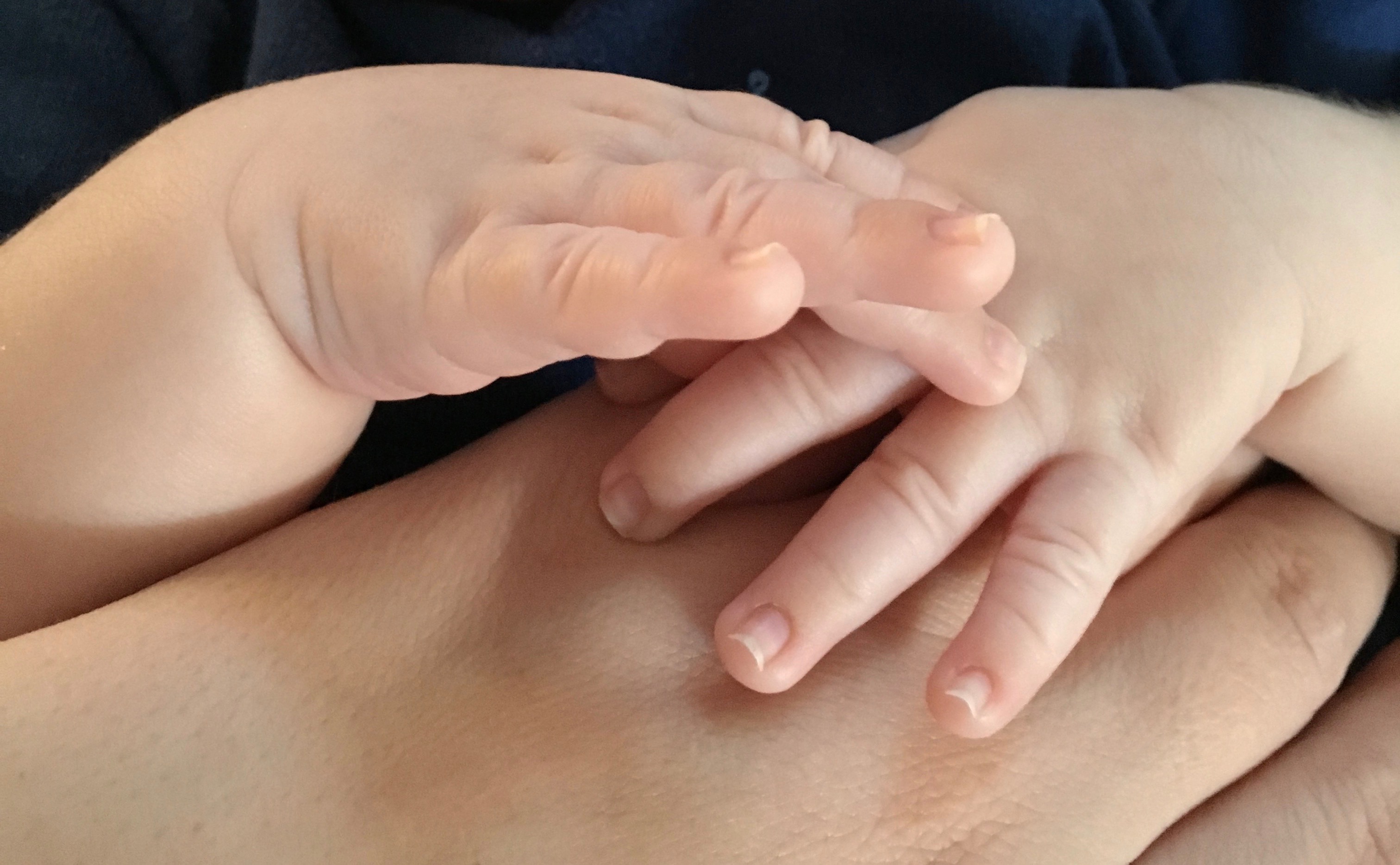The brachial plexus is comprised of nerves originating from the spinal cord in the neck and “networking” near the neck and shoulder area. These carry messages between your brain and muscles (motor nerves) and from different parts of your arms and hands to the brain to signal pain, temperature, and sensation.

Stretching, compressing, or penetrating trauma can damage the nerve network. Nerves actually can be torn right out of their roots in the neck. If a nerve is injured, it cannot conduct its normal signal; this can cause loss of sensation or motor function, depending on what kind of nerve is damaged. Think of it as unplugging cables that connect your computer to the printer, the modem, or other equipment...if there is no connection, you won’t get it to work.
Some brachial plexus injuries will recover without time and therapy; others will not. Unfortunately, usually “time” for recovery is measured in months. Your physician will need multiple examinations and additional testing to evaluate the nerve network. Nerve repairs or transfers sometimes can give you better function; in other cases, muscle transfers might be useful.
Therapy is important to keep your joints from getting stiff so that they are able to move if and when your muscles recover. If you have lost sensation, extra care must be taken to avoid injuring the area that has no protective feeling.
A patient’s age and injury type, severity, and location can affect outcome after this injury. Prompt and proper evaluation and management by a specialist will maximize your function.